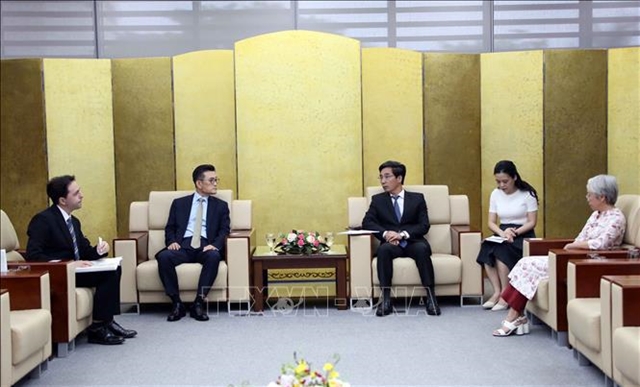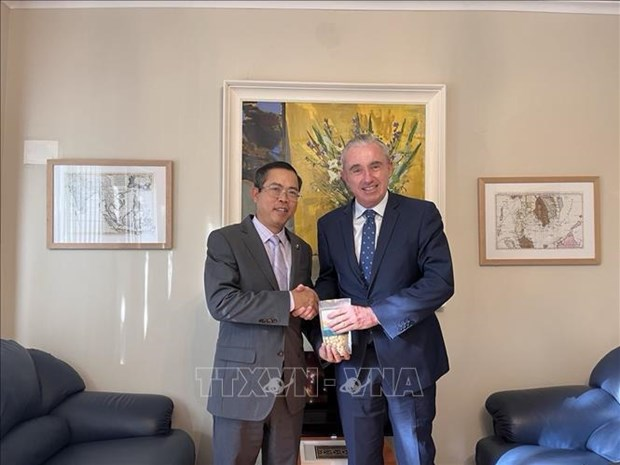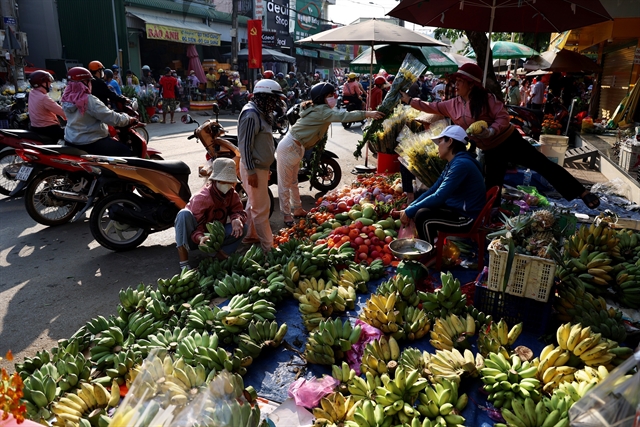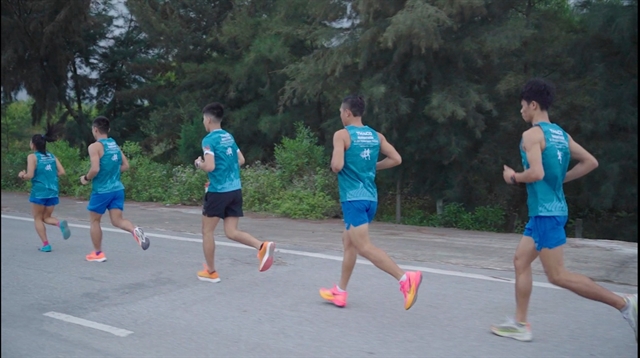 Life & Style
Life & Style

The Then practice of Việt Nam’s Tày, Nùng and Thái ethnic groups has been named on the list of Intangible Cultural Heritages of Humanity, the Ministry of Culture, Sports and Tourism’s Department of Cultural Heritage said on December 13.
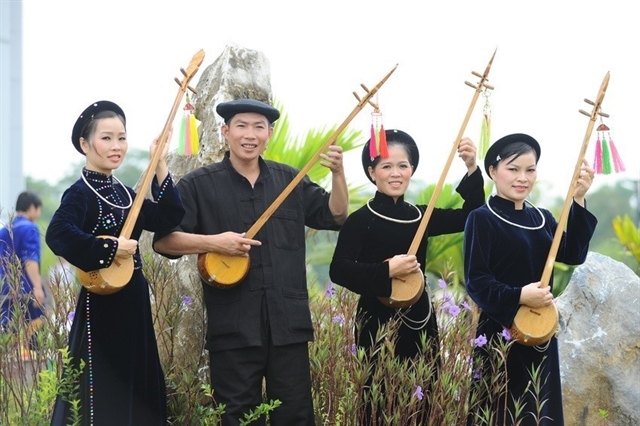
|
| Then artisan Mã Văn Trực (second from left) from the northern province of Bắc Kạn performs Then. The art form has been recognised as an Intangible Cultural Heritage of Humanity by UNESCO. — VNA/VNS Photo Minh Đức |
HÀ NỘI — The Then practice of Việt Nam’s Tày, Nùng and Thái ethnic groups has been named on the list of Intangible Cultural Heritages of Humanity, the Ministry of Culture, Sports and Tourism’s Department of Cultural Heritage said on Friday.
The recognition was made during the 14th session of the UNESCO’s Intergovernmental Committee for the Safeguarding of Intangible Cultural Heritage, held in Bogota, Colombia, on Thursday (local time).
As an essential part in the spiritual life of the Tày, Nùng and Thái ethnic minority groups, Then is practised in many northern provinces, including Cao Bằng, Bắc Kạn, Thái Nguyên, Lạng Sơn, Hà Giang, Quảng Ninh, Sơn La, Lai Châu, Lào Cai, Bắc Giang and Yên Bái, and the Central Highlands province of Đắk Lắk.
The art form reflects the relationship among people, the natural world and the universe, in addition to cultural characteristics of the ethnic minority groups, from music to dancing and musical instruments. It also helps to educate morality, lifestyle and protect Việt Nam’s traditional customs and traditions.
UNESCO recognition of Then highlights the contribution of the heritage in preserving national identity and reinforce solidarity among ethnic groups. It could also help draw attention to other heritages around the world, including ritual practices, incarnation and shaman rituals.
A crucial factor to gaining the honour was the existence of the heritage being prolonged by individuals, families and communities.
Since 2011, the Government has used funds from the National Programme of Culture to protect cultural heritages of Việt Nam’s ethnic groups, including Then rituals.
Furthermore, artisans and related communities have also participated in all phases of preparing the dossier for UNESCO recognition, from meetings and conferences to training.
Then practices of 11 provinces nationwide has been gradually included in Việt Nam’s list of intangible heritages since 2012.
Addressing the session, Director of the Department of Cultural Heritage Lê Thị Thu Hiền pledged to take measures to protect the values of Then practice.
”That UNESCO has inscribed the Then practice of the Tày, Nùng and Thái ethnic minorities on the representative list of the Intangible Cultural Heritages of Humanity affirms the rich cultural identity of the Vietnamese people and the cohesion of the communities.
“It also honours respect for cultural diversity, encouraging dialogues among individuals, communities and different ethnic groups on foundation of tolerance, affection and humane in accordance with the 2003 Convention’s goals and objectives on preserving and safeguarding intangible cultural heritages of UNESCO,” Hiền said.
The ethnic groups believe Then practice was handed down from a god belonging to a mysterious world to which only Ông Then and Bà Then can contact.
During rituals, Ông Then and Bà Then sing and play a musical instrument at the same time while presenting offerings to the god, thus contacting the deity on behalf of the community and asking him for good health, bumper crops, happiness and a long life.
As a unique combination of music and song, Then practice is traditionally accompanied by a handmade gourd lute, called đàn tính or tính tẩu.
The art form, which combines a wide range of arts such as literature, music, painting and performance, has had an impact on local and national identities through its influence on literature, language, poetry, music, dance, rituals and spiritual practices.
Closely linked with the spiritual life of ethnic minority groups who often use ceremonial offerings to treat illnesses, Then practice is also seen as therapy, together with medicine, helping ease the worries of patients and their families. — VNS

